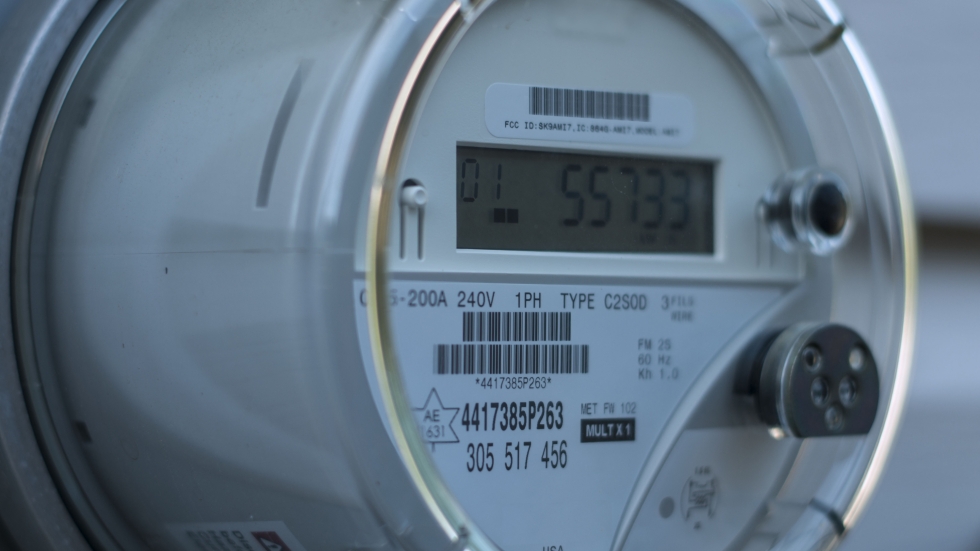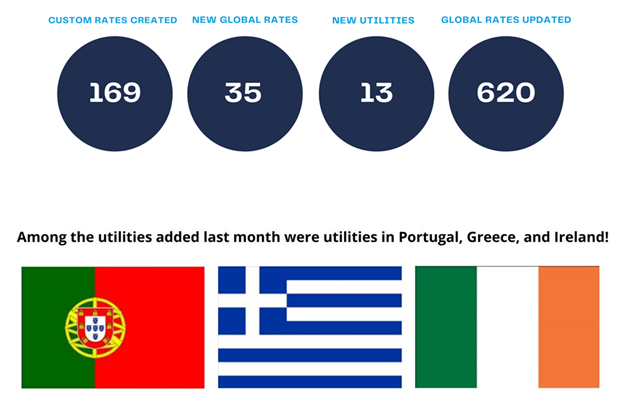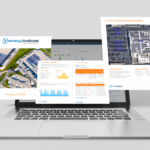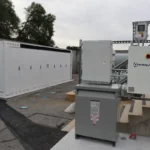December 2021 Utility Rates Newsletter
IMPORTANT MONTHLY UPDATES & ANNOUNCEMENTS
Pacific Gas & Electric ’21 Updates
Pacific Gas & Electric (PG&E) has updated its electric rates as of December 1, 2021, to incorporate the new Wildfire Hardening Fixed Recovery Charge (WHFRC) and make additional adjustments to residential rates.
The WHFRC authorizes PG&E to recover a portion of its costs associated with fire risk mitigation and wildfire-related expenditures. As part of its effort to help prevent wildfires, PG&E will be replacing poles and powerlines, in addition to undergrounding for roughly 10,000 miles of distribution lines. The WHFRC is a non-bypassable volumetric charge and will apply to all customers except for those participating in the California Alternate Rates for Energy (CARE) or Family Electric Rate Assistance (FERA) programs. The WHFRC charge will add an additional $0.00141/kWh for residential customers and $0.00145/kWh for Small General Service customers, showing an overall increase of about 0.4% and 0.5% to bills, respectively.
With the introduction of the Wildfire Hardening Charge, PG&E updated its residential rate schedules to ensure the continuation of the CARE program. In order to maintain an overall residential CARE line-item discount of 35%, standard residential rates were increased by an additional 0.14% within the Distribution and Conservation Incentive Adjustment portions of residential bills.
Additional information about this update can be found within PG&E’s Advice Letter. New PG&E residential rates are now available within the ETB Developer platform.
AEP – Ohio Power Company December ’21 Base Rate Update
Effective December 1, 2021, AEP – Ohio Company adjusted its base rates for the first time in a decade! Electric customers should be made aware of this change as they may notice a difference in charges and upcoming bill totals.
According to AEP, this rate change will allow them to expand and continue several programs that address reliability and resiliency. The increase in revenue will allow them to invest in improvement projects over the next 4 years such as preventing power outages, restoring electric service in a safer and faster manner, and helping the electric grid operate more efficiently. One program to highlight is the Grid Modernization Plan, which will provide smart meters for customers which include detailed energy usage information and will provide the ability to detect and report outage information to the utility.
This update was made across all rate classes and only impacts the Distribution portion of bills. Along with base rates changing, several Riders have decreased or been set to 0, such as the Distribution Investment Rider. This will allow an offset in charges, which will result in an overall small impact on bill totals.
The most apparent update that Commercial Customers will see is the complete restructuring of all General Service rates. Rate GS-1 (Non-Metered Demand) will continue to remain as a stand-alone rate. However, legacy rates GS-2, GS-3, and GS-4 rates have been combined into one rate schedule, now simply referred to as “General Service”. This all-encompassing rate varies by voltage level and rate zones, resulting in variations within the Customer and Demand charges. When searching for this rate in the ETB Developer rates database, users should select rate “GS” and choose the corresponding attributes that align with your client. To get a closer look at the impacts of the utility’s rate modifications, users can view the rate schedule details of all Global rates within our rates database.
December 2021 Frequently Asked Question (FAQ):
How do I incorporate third-party charges within a rate?
Utility Rates 2021 Wrap-up
Energy Toolbase has undergone many changes in 2021! In case you missed it, we have recapped the exciting things ETB’s in-house Utility Rates team took part in this year.
In April 2021, Energy Toolbase implemented the fourth version (v4) of its ETB Developer platform. Within this software, the release was the addition of features that enhance proposals in terms of accuracy and transparency. Among the multitude of upgrades made, new energy charge types and demand ratchets were added to further extend the capabilities of modeling complex rate structures. In July of this year, all existing users were transitioned over to the new platform. Throughout the year ETB’s Utility Rates Team has been creating, editing, and fine-tuning our rates database to incorporate the platform’s enhanced functionality – our rates are more dynamic than ever before!
Finally, in October, our team introduced NEM 3.0 rates for users to incorporate within proposals involving California’s three largest investor-owned utilities (IOUs) Pacific Gas & Electric (PG&E), San Diego Gas & Electric (SDG&E), and Southern California Edison (SCE). These rates are housed under a specially created utility titled California NEM 3.0 and include the proposed reduced export rates and Grid Benefits Charge (GBC). We are closely following California’s net-metering proceeding and will adjust our rates accordingly.
What’s next for ETB’s Utility Rates Team? We are happy to announce that in the upcoming year we will be hosting webinars! These meetings will be used to dive deeper into various rate-related topics in hopes of further educating our users and equipping them with valuable market knowledge. Be on the lookout for webinar announcements and registration links in future newsletters. As always, we encourage our users to reach out to us atutilityraterequest@energytoolbase.com with any questions. We thank our users for providing us with another rewarding year and look forward to continuing to serve you and accomplishing even more together in 2022!




